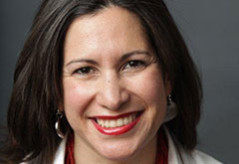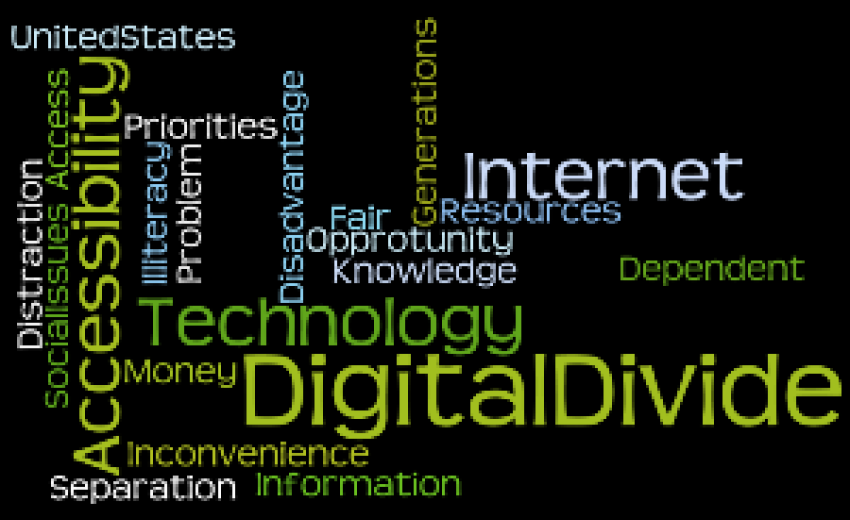5/22/2013: This article is part of an online debate series on mobile health by the Skoll World Forum on Social Entrepreneurship, Johnson & Johnson, the mHealth Alliance, Impatient Optimists and Forbes.com.
 In over 15 years of working in the field of global health, I have time and time again witnessed first-hand what research tells us: gender inequity and women’s low social status have a significant impact on women’s and children’s health, as well as the overall demand for maternal, newborn and child health services. Many health problems in low-income countries, such as maternal mortality and unintended pregnancies, are directly linked to gender inequity.
In over 15 years of working in the field of global health, I have time and time again witnessed first-hand what research tells us: gender inequity and women’s low social status have a significant impact on women’s and children’s health, as well as the overall demand for maternal, newborn and child health services. Many health problems in low-income countries, such as maternal mortality and unintended pregnancies, are directly linked to gender inequity.
I will never forget the look of desperation I saw in the eyes of pregnant women in Egypt, where I conducted my first research on mobile health (mHealth). Many of these women already had four, five, or six children, and they recounted their struggles to negotiate family planning with their husbands or how they would even have their children jump on their bellies or drink toxic liquids to cause miscarriages. They simply could not face caring for another child. These tragic situations still exist, but increasingly we see mobile technologies being leveraged to improve access to vital family planning information and commodities.
For the past decade, I have examined trends and dynamics in the access, design and use of mobile technologies for health in low- and middle-income countries. I have watched the rapid spread of mobile phones across low-income countries with awe and excitement. I remember the days when the mobile penetration rate was measured in single digits in certain countries, whereas now the GSM Association estimates that the mobile penetration rate in developing countries is 89%.
The digital divide continues to shrink throughout the world, but women in low-income countries do not have equal participation in this technological revolution. Although more than one billion women have access to a mobile phone in developing countries, a woman living there is still 21% less likely to own a cell phone than a man. When I read these statistics, I can’t help but wonder how much closer we would be to achieving Millennium Development Goal 3 (MDG 3) – to promote gender equality and empower women – if we focused on consistently putting the power of mobile technology into their hands.
Meeting MDG 3 is not only essential as an independent social ambition, but it is inextricably linked to addressing MDG 5 – improving maternal health – as well as the other health-related MDGs. Technology can provide a valuable mechanism for advancing the cause of women’s empowerment, particularly as it relates to health.
I have seen this power in action through the 16 grantees that the mHealth Alliance supports, in partnership with Norad and the World Health Organization, to bring to scale mHealth projects designed to improve reproductive, maternal, child, and newborn health (RMNCH). These innovative projects use a wide variety of mobile technologies, such as SMS and voice messages, toll-free hotlines, SMS printers, and mobile phone-based applications. They use these technologies to do everything from providing reminders about vaccinations, to delivering stage-based health information to pregnant women, to supporting decision-making and case management for health workers, to improving access to essential medicines by reducing stock-outs, and the list goes on.
Yet, while women are commonly the beneficiaries of such mHealth projects, they are rarely equal participants in the development of these interventions. I believe that mHealth projects, especially those related to RMNCH, must take into account social, cultural, and gender norms in order to produce improved health outcomes. This belief led me to work with my colleague, Madhu Deshmukh, to develop a Gender Analytical Framework. Through this framework, mHealth implementers can better understand the nuances and implications of gender issues, and then design or modify their projects accordingly.
If we are to effectively leverage mobile technologies to achieve MDGs 4, 5, and 6, we must do a better job of addressing MDG 3. This means engaging women and their husbands more consistently in the design and implementation of the very solutions that are meant to help them and their families.

Patricia Mechael
Executive Director of the mHealth Alliance

